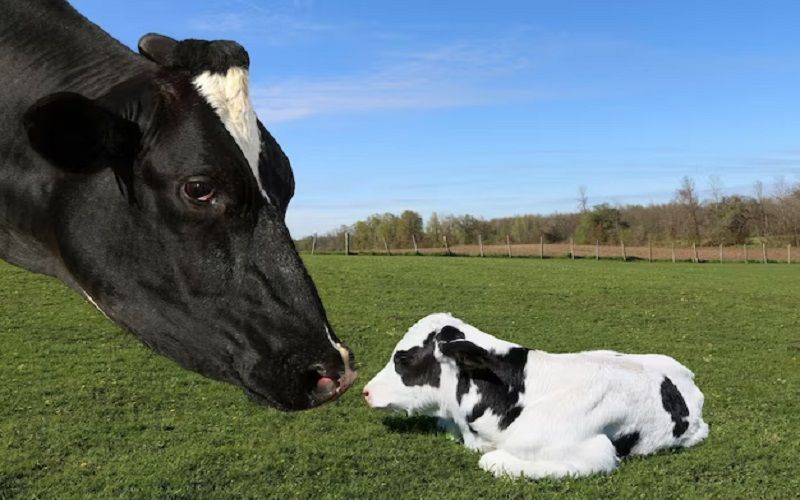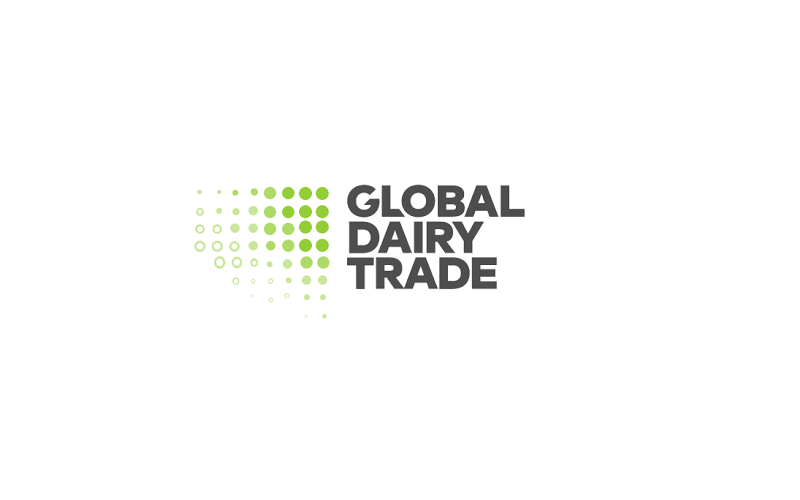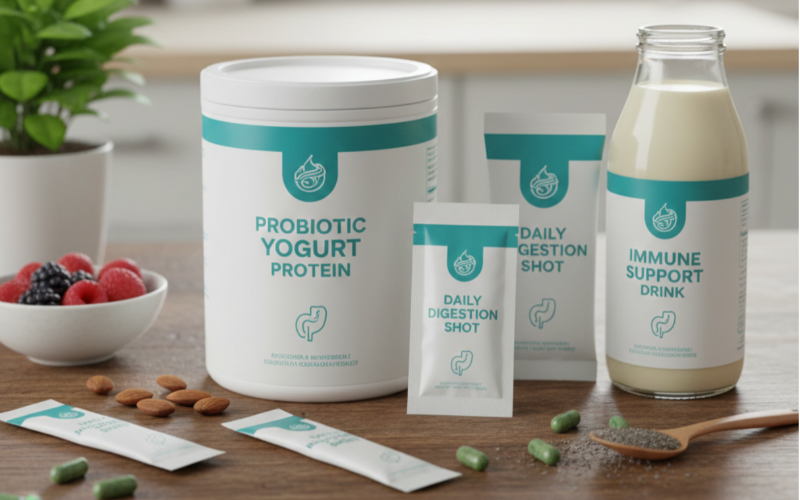Global Calf Milk Replacer Market to Reach US$ 2.5 Billion by 2034, Driven by Nutritional Advances and Eco-Friendly Practices

Key Drivers of Market Growth
The combination of eco-friendly production methods and innovations in nutritional science is significantly fueling the demand for calf milk replacers globally. These products serve as a cost-effective and nutritious alternative to conventional milk, particularly among large-scale dairy operations. Farmers are increasingly opting for specialized blends of milk replacers that ensure optimal calf health and growth while supporting environmentally responsible farming practices.
Manufacturers are investing heavily in research and development (R&D) to create improved formulations that are highly digestible and nutritionally balanced. Enhanced R&D efforts are poised to deliver innovative, non-dairy-based, and liquid calf milk replacers to cater to evolving market demands.
Regional Insights
- United States: The U.S. market is expected to grow at a CAGR of 4.4%, reaching US$ 1.14 billion by 2034. The focus on technological innovations and high nutritional profiles has driven demand, ensuring the health and growth of calves.
- East Asia: With a projected 23.1% share of global market revenue by 2034, East Asia remains a significant player in the market.
- Japan and South Korea: Japan’s market is forecasted to grow at a CAGR of 4.6%, while South Korea leads with a CAGR of 4.8% through 2034, driven by increasing awareness of animal nutrition and technological advancements.
Product Trends
- Liquid Calf Milk Replacers: Sales are anticipated to grow at a CAGR of 3.9%, reaching US$ 1.26 billion by the end of the forecast period.
- Non-Dairy-Based Products: This segment is set to grow at a CAGR of 4%, with revenue expected to hit US$ 1.33 billion by 2034.
Industry Outlook
"Focus on technological innovations in food production, particularly in the United States, is enhancing the nutritional profiles of calf milk replacers," noted a Fact.MR analyst.











